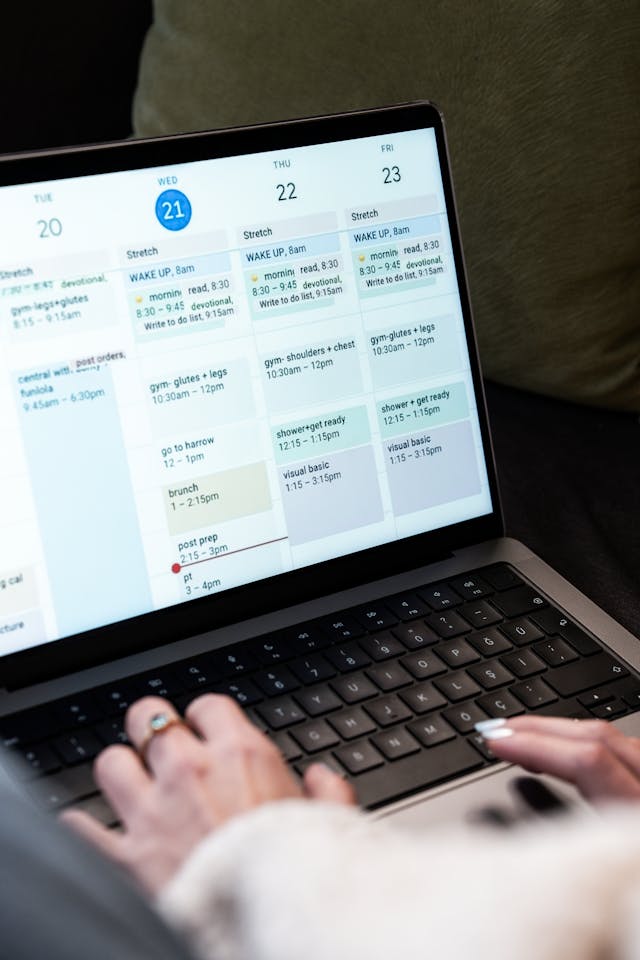Keeping a close eye on key performance indicators (KPIs) is crucial for property managers who want to succeed. KPIs provide valuable insights into how well your properties are performing and where you can make improvements. Here are the top 10 KPIs every property manager should track to ensure their business thrives.
1. Occupancy Rate
The occupancy rate measures the percentage of your properties that are currently rented. This KPI is crucial because it directly impacts your revenue. A high occupancy rate means more rental income, while a low rate indicates potential problems. To calculate the occupancy rate:
- Divide the number of occupied units by the total number of units
- Multiply by 100 to get a percentage
Keeping track of this KPI helps you understand market demand and adjust your marketing strategies to attract more tenants.
2. Tenant Turnover Rate
The tenant turnover rate measures how often tenants move out and new tenants move in. High turnover can be costly due to the expenses associated with finding new tenants and preparing units. To calculate the tenant turnover rate:
- Divide the number of move-outs by the total number of units
- Multiply by 100 to get a percentage
Reducing tenant turnover saves money and time. Focus on improving tenant satisfaction and addressing their needs to keep this rate low.
3. Rent Collection Rate
The rent collection rate shows the percentage of rent collected on time. This KPI is vital for maintaining cash flow and financial stability. To calculate the rent collection rate:

- Divide the amount of rent collected by the total amount of rent due
- Multiply by 100 to get a percentage
A high rent collection rate indicates effective rent collection processes and responsible tenants. Regularly monitor this KPI to ensure you’re maximizing your revenue.
4. Maintenance Request Resolution Time
Maintenance request resolution time measures how quickly you address and resolve maintenance issues. Prompt maintenance responses keep tenants happy and prevent small problems from becoming big ones. To track this KPI:
- Measure the time from when a request is made to when it is resolved
A shorter resolution time indicates efficient maintenance processes and a commitment to tenant satisfaction.
5. Cost Per Lease
Cost per lease measures the amount of money spent to acquire a new tenant. This KPI helps you understand the effectiveness of your marketing and leasing efforts. To calculate cost per lease:
- Divide the total marketing and leasing expenses by the number of new leases signed
Lowering the cost per lease improves profitability. Focus on cost-effective marketing strategies and efficient leasing processes.
6. Net Operating Income (NOI)
Net Operating Income (NOI) measures the profitability of your properties. It’s calculated by subtracting operating expenses from total income. To calculate NOI:
- Subtract operating expenses from total income
A higher NOI indicates better financial health. Monitor this KPI to identify areas where you can reduce expenses or increase income.
7. Capitalization Rate (Cap Rate)
Capitalization rate measures the return on investment for a property. It’s calculated by dividing the NOI by the property’s current market value. To calculate the cap rate:
- Divide NOI by the property’s market value
- Multiply by 100 to get a percentage
A higher cap rate suggests a better return on investment. Use this KPI to compare the performance of different properties.
8. Debt Service Coverage Ratio (DSCR)
Debt Service Coverage Ratio (DSCR) measures your ability to cover debt payments with your NOI. To calculate DSCR:

- Divide NOI by total debt service (loan payments)
A DSCR above 1 indicates you can cover debt payments with your income. This KPI is crucial for financial planning and securing financing.
9. Customer Satisfaction Score (CSAT)
Customer Satisfaction Score (CSAT) measures tenant satisfaction with your services. To collect this KPI:
- Survey tenants and ask them to rate their satisfaction on a scale
- Calculate the average score
High CSAT scores indicate happy tenants, which can lead to lower turnover and better reviews.
10. Vacancy Loss
Vacancy loss measures the potential rental income lost due to vacant units. To calculate vacancy loss:
- Multiply the number of vacant units by the average rent per unit
Lowering vacancy loss increases your revenue. Monitor this KPI to identify and address factors contributing to vacancies.
